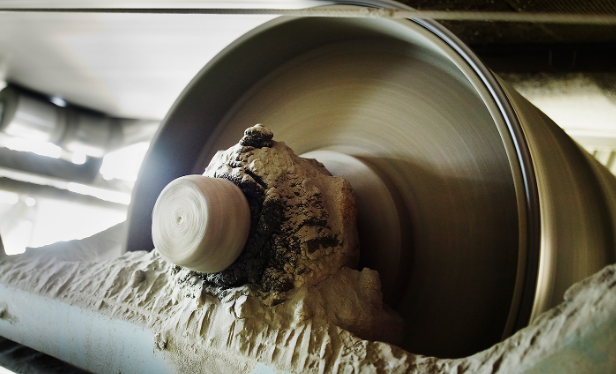When it comes to the maintenance of engines, a frequently asked question is “Can you reuse connecting rod bearings?” The answer is nuanced and largely depends on the condition of the bearings. If the connecting rod bearings show no signs of wear or damage, reusing them might be possible. However, due to the high stresses they endure, it is generally recommended to replace them during major engine overhauls.
The Role of Connecting Rod Bearings
Connecting rod bearings are crucial components in an engine. They provide a smooth, frictionless surface for the connecting rod to pivot on the crankshaft. By reducing friction, they help to improve engine efficiency and longevity.
Wear and Tear on Bearings
Connecting rod bearings are subject to a significant amount of stress and heat in an engine. Over time, this can lead to wear and tear, reducing their effectiveness. Signs of wear include scoring, pitting, or flaking on the bearing surface.

Evaluating the Condition of Bearings
Before deciding to reuse connecting rod bearings, it’s crucial to thoroughly inspect them. This includes checking for visible signs of wear or damage and measuring the bearing clearance using a plastigauge or micrometer. If the clearance is within the manufacturer’s specifications and there are no visible signs of damage, it might be possible to reuse the bearings.
The Risks of Reusing Bearings
While reusing connecting rod bearings may seem like a cost-saving measure, it carries risks. Worn or damaged bearings can lead to engine damage, including spun bearings and catastrophic engine failure. Therefore, many mechanics recommend replacing the bearings during a major engine overhaul as a precautionary measure.
The Importance of Proper Installation
Whether reusing or replacing connecting rod bearings, proper installation is crucial. This includes cleaning all parts thoroughly, applying the correct amount of lubricant, and torquing the bearing cap bolts to the manufacturer’s specifications.
In conclusion, while it is possible to reuse connecting rod bearings in some cases, it’s generally advisable to replace them during major engine work. Regular inspection and proper installation are key to maximizing the lifespan and performance of these critical engine components.
